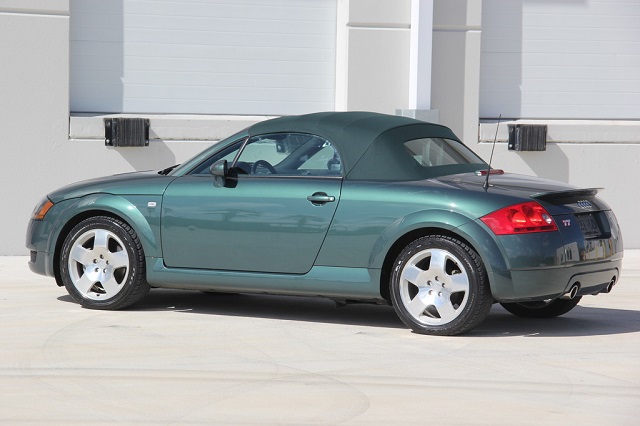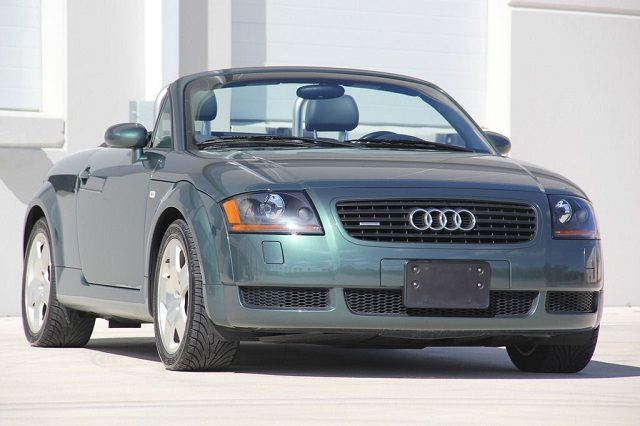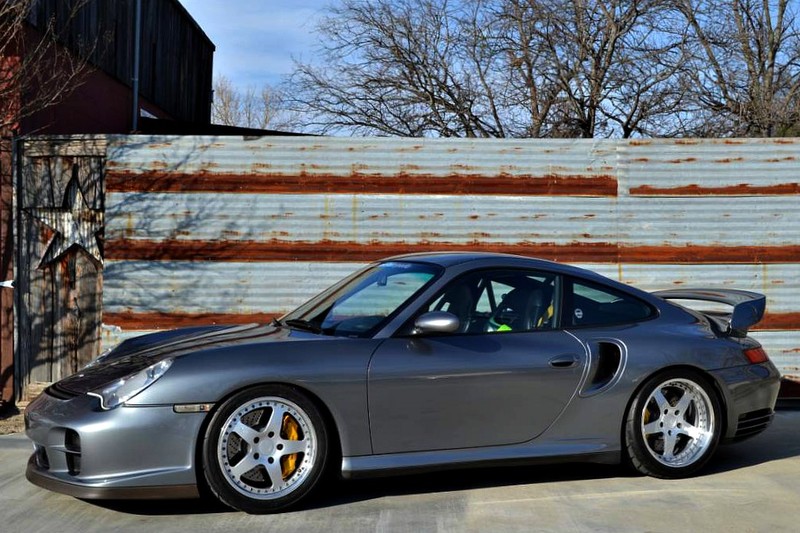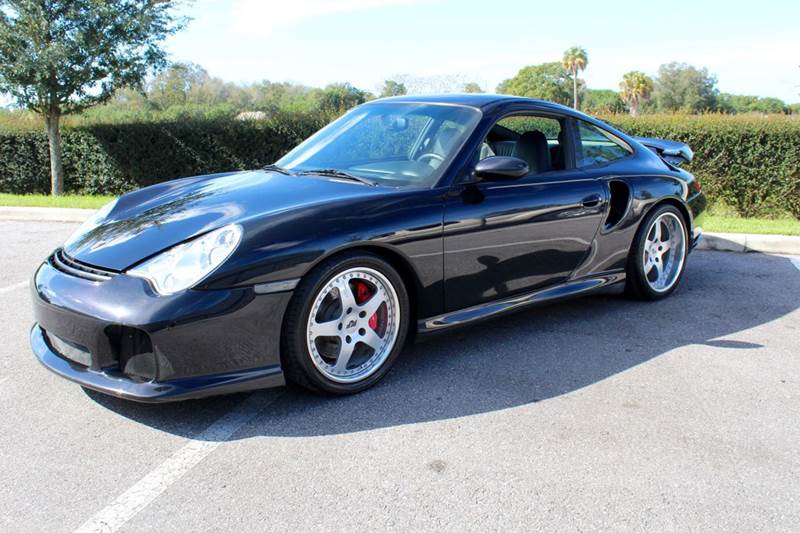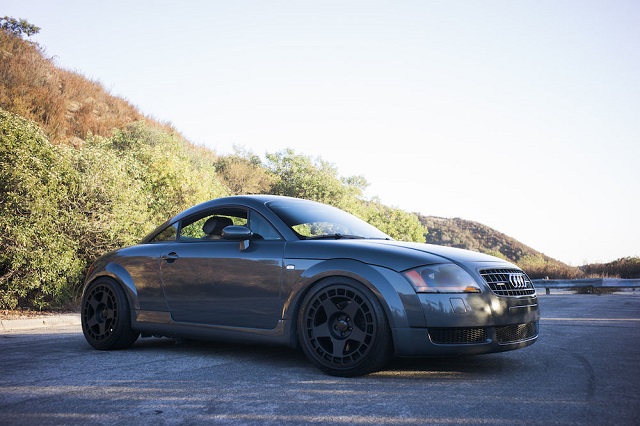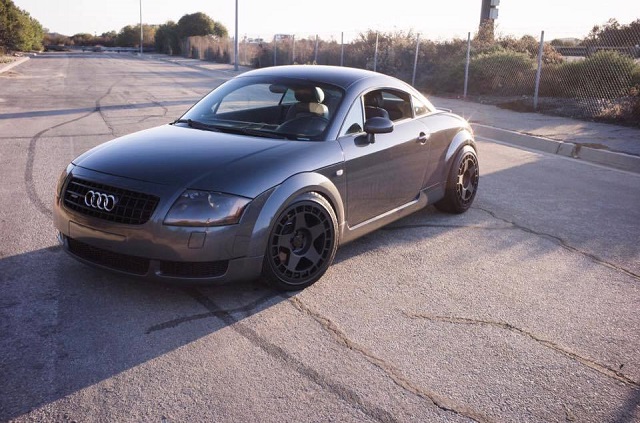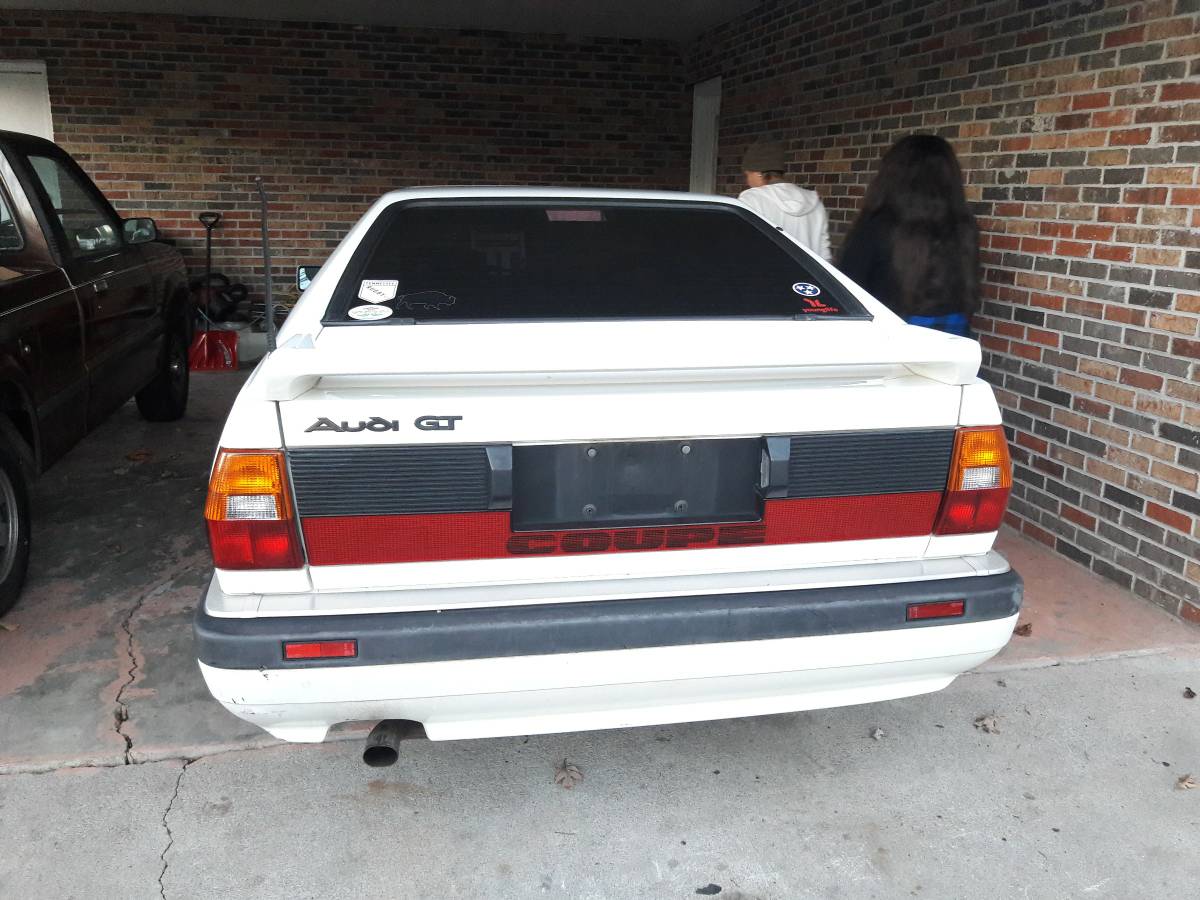In 1993, my father purchased a W113 Mercedes-Benz 280SL Roadster. It was green with black MB Tex and do you know what? It looked, and felt, old. At that point, it was a 22 year old car that had been mostly forgotten by the enthusiast world. After all, the dated W113’s replacement – the oh so 80s even though it was from the 70s R107 – had just gone out of production, itself replaced by the thoroughly modern R129. I loved the R129 at the time, and the W113 seemed like a dinosaur by comparison. But my father loved the look of the W113, and so for the then princely sum of mid-teens he purchased a relatively clean, reasonably low mileage and (almost) fully functional Mercedes-Benz SL.
Fast forward the best part of two and a half decades, and the SL market has gone completely bonkers, awakening to the fact that the W113 was (and still is) a beautiful, classic and elegant design. I’m not even sure you could buy a non-functional, rusty wreck of a W113 for the same price my father paid in 1993 – and an expensive restoration would await you.
Why do I mention this?
Currently, almost no one has time to even consider the 8N chassis Audi TT. It’s old, with the last of the first generation produced 12 years ago and its replacement – the 8J – has also fully completed a production cycle. It doesn’t have the super wiz-bang computers, million horsepower engines, or cut-your-hand-on-the-front-end styling of the new models. A fair amount lay in a state of disrepair; crashed, thrashed and trashed to a point where they’re nearly given away – quite seriously, there’s one near me for $1,500. But find a good one, and I think now is the prime time to grab a clean TT that will be a future collectable. This Roadster 225 quattro 6-speed with only 42,000 miles suits the bill perfectly:
